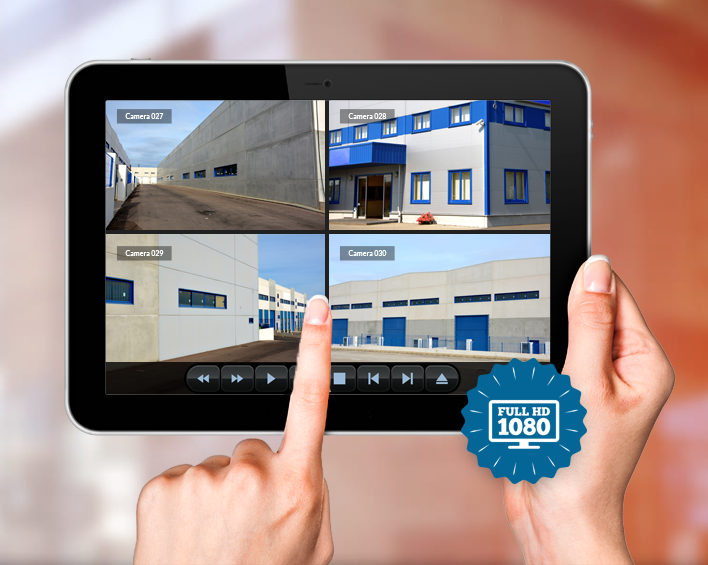Everything You Need to Know About HD-CVI
Everything You Need to Know About HD-CVI
HD-CVI: High Definition Over Coax

Everything you need to know about HD-CVI: SE Michigan CCTV security cameras, a High-Definition Composite Video Interface brand-new technology in the security camera industry. It allows you to transmit high-definition video signals over existing coaxial cables, the same type of cable used for traditional analog CCTV systems.
Here’s a breakdown of what you need to know about HD-CVI:
Advantages:
- Cost-effective: Compared to other high-definition CCTV options like IP cameras or HD-SDI, HD-CVI is generally less expensive. This is because it can leverage your existing coaxial cable infrastructure, eliminating the need for rewiring.
- High Definition Video: HD-CVI can transmit high-definition video resolutions, typically up to 1080p (1920 x 1080 pixels), over long distances using coaxial cables.
- Long Range Transmission: Compared to other high-definition options, HDCVI signals experience less signal degradation over longer cable runs. This makes it suitable for larger areas where cameras might be far from the recording device.
- Easy Installation: Upgrading an existing analog CCTV system to HD-CVI is often easier and less expensive than installing a completely new system. Since it uses existing coaxial cables, the installation process is simpler.
- Uncompressed Video: Unlike some other options, HD-CVI transmits video in an uncompressed format. This reduces latency (delay) in the video feed, providing a more real-time viewing experience.
Disadvantages:
- Proprietary Technology: HD-CVI is a proprietary technology, meaning it requires specific equipment from compatible brands. This can limit your options compared to open standards like IP cameras.
- Lower Resolution Options Available: While it can support high-definition resolutions, there are also lower resolution options available in HD-CVI. Make sure you choose a system that meets your video quality needs.
- Not Future-Proof: Compared to IP cameras, HD-CVI might not be considered as future-proof. Newer technologies like IP offer more features and scalability.
Who should consider HD-CVI?
- Those looking for a cost-effective upgrade to an existing analog CCTV system.
- Situations where running new cables is difficult or expensive.
- Applications that prioritize low latency video, such as real-time monitoring.
Things to Consider When Choosing HD-CVI:
- Resolution: Do you need high-definition video (1080p) or is lower resolution sufficient?
- Features: Consider additional features like night vision, audio recording, or varifocal lenses.
- Brand Compatibility: Ensure your chosen cameras and DVR are compatible with the same HD-CVI standard.
By understanding the advantages, disadvantages, and considerations of HD-CVI, you can decide if it’s the right solution for your CCTV security needs.
Read More Articles >>
Eagle Eye Networks Buys Panasonic Cloud Management Service and Expands into the European Market
Detroit, Michigan Stingray’ Surveillance Technology Used To Arrest US Immigrant
Service and installation for these makes and models and more





